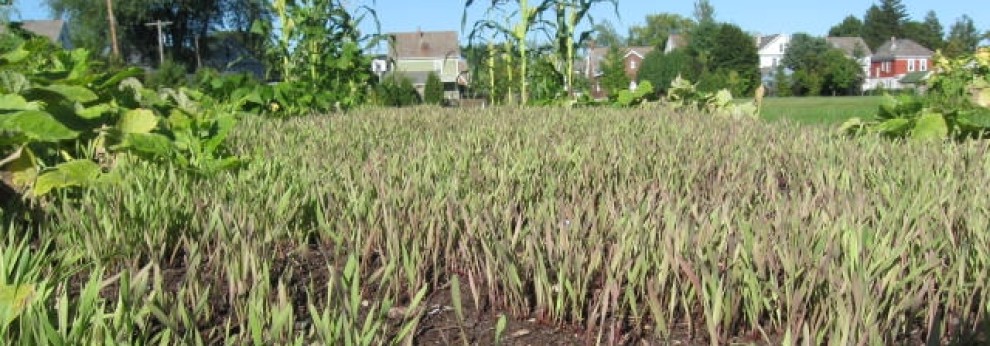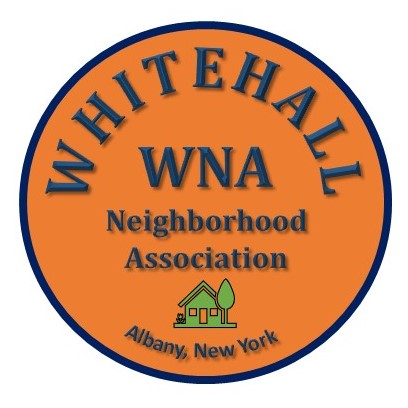 A schoolyard wildlife habitat might be an outdoor classroom in itself. Or it might be part of one. And it might involve a modest undertaking or be something quite ambitious. A number of environmental organizations, seeking to foster interest in creating them, sketch out ideas or provide support for their development.
A schoolyard wildlife habitat might be an outdoor classroom in itself. Or it might be part of one. And it might involve a modest undertaking or be something quite ambitious. A number of environmental organizations, seeking to foster interest in creating them, sketch out ideas or provide support for their development.
The U.S. Fish & Wildlife Service works with schools to develop natural spaces on their grounds as well as with schools that want to tackle environmental projects in other nearby urban locations. And it has created a 132-page project guide to get schools thinking about the possibilities.
Connecticut Audubon, a chapter of the National Audubon Society, created The Schoolyard Habitat Curriculum Guide in partnership with the Fish & Wildlife Society.
More than 5,000 schoolyard projects have been received Wildlife Habitat Certification from the National Wildlife Federation, which has assisted schools in creating and restoring wildlife habitat on school grounds since 1996. Central to its support is showing partners how to provide food, water and cover for wildlife along with places to raise their young. The federation promises, “These wildlife habitats become places where students not only learn about wildlife species and ecosystems, but also outdoor classrooms where they hone their academic skills and nurture their innate curiosity and creativity.”
A butterfly garden, intended to attract the most colorful of pollinators, sits at the more modest end of the spectrum of habitat projects. Project Learning Tree, publisher of extensive outdoor education curriculum material, offers guidance on this.
And while school garden leaders and wildlife habitat developers alike are sure to think about using native plants and expect that they take less work to maintain, both might want to read a Cornell horticulturist’s somewhat more nuanced view on the subject.
And while not necessarily limited to wildlife habitat, the Nature Conservancy funds grants to support schools in creating what it calls green infrastructure projects. With applications typically coming due in September, the organization doesn’t currently have any information about the program at its web site. It ought to be here, however, as September draws nearer.



